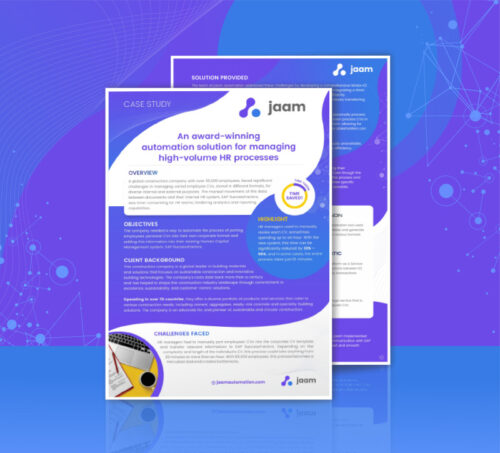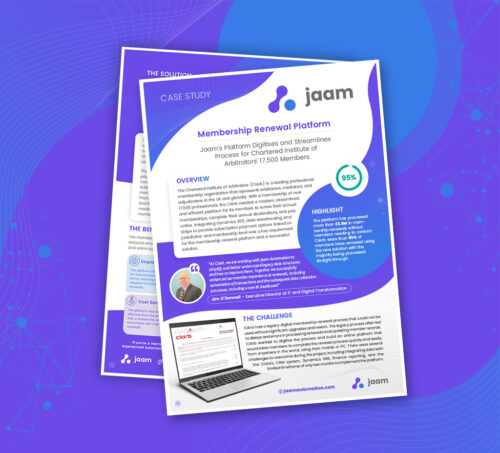
MCP Servers: Why AI agents do the things they do
Imagine trying to plan a journey without sat nav, traffic updates, or even a physical map. You’d have to guess your route, hope for the best and probably end up lost more often than not. That’s a little bit like how AI agents *used* to operate. Now, MCP servers are changing all that to drive the autonomous aspect of agentic AI.



















